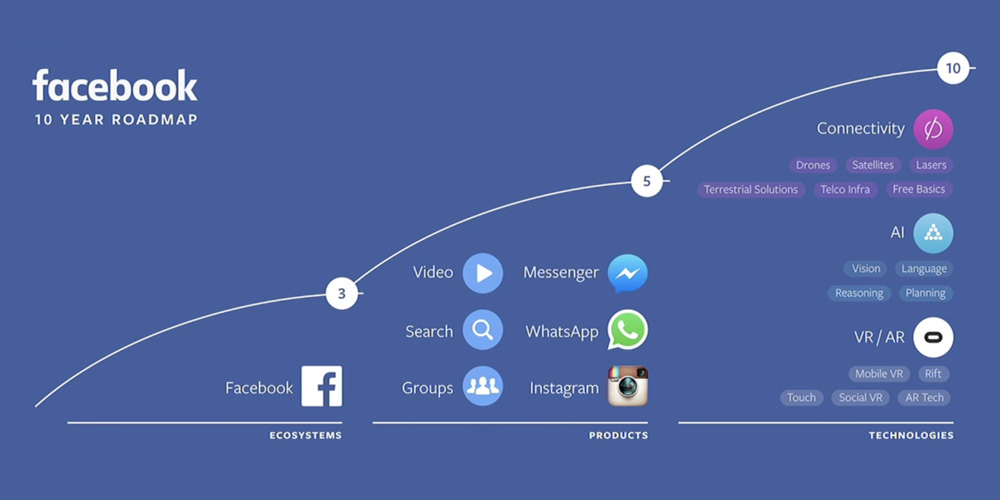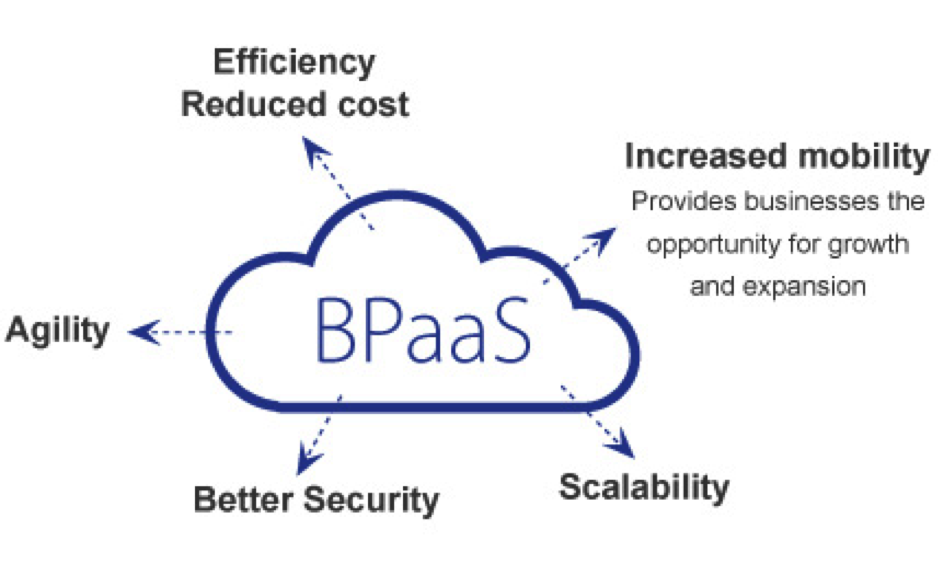
Technological Advances to Fix Climate Change
What does it take to solve the problem of global warming? Anyone from school student to a scientist will agree on one thing – to use energy sources that do not emit greenhouse gases. But scientists estimate that it may take decades to completely make the move, and that might be too late.
Our need for energy and Global warming
Our energy requirement has increase many folds since we were hunters and gatherers. Even when we look at the industrial period, out need for energy was less than half of what is needed now as a technological society. Our need for energy has exponentially grown with the progress of civilization, with most energy being consumed by industry, agriculture and transport.
Even though our civilization has progressed, much of our energy comes from the same source that powered the advanced agricultural and industrial eras – that is non-renewable energy sources, such as coal and oil.
Coal and oil, which are both carbon based, emit greenhouse gases when they are burnt to extract energy. Now, greenhouse gases are what makes the earth habitable in the first place by keeping temperatures stable enough to support life. However, too much of greenhouse gases will make unnaturally warm leading to massive harm to all living beings and the environment.
The role of Geoengineering

Geoengineering is a controversial method that is believed to solve the problems of climate change temporarily. It is a quick fix that costs less money, but it may not have such long lasting effects. Geoengineering is also often called “planet-hacking”.
Most geoengineering solution rely on reflecting sun’s radiation away from the earth’s atmosphere. Back in 1991, when Mount Pinatubo erupted in Philippines, blasting Sulphur particles high in the air, the particles reflected incoming solar radiation that cool global air temperatures by one degree Fahrenheit in the next two years.
Scientists are looking for similar solutions by spraying sulfate aerosols in the stratosphere. Even fine sea salt sprayed in the clouds to whiten them will work.
Carbon Capture
Carbon capture is a fast and effective way to remove greenhouse gases from the atmosphere. One of the most popular methods is algae farms. Algae thrive on carbon dioxide – one of the most dominant greenhouse gases in the atmosphere.
Carbon emitted from industries as carbon dioxide or methane can also be captured. However, they are expensive. Methane captured from industries can be re-used to make plastics. This is being done by Mark Herrema’s Newlight Technologies – a California based startup that collects methane from dairy farms.
Klaus Lackner, a Columbia University geophysicist, is working on synthetic trees that absorb CO2 thousand times faster than natural trees. The company is also being funded by Bill Gates. At present, the company is developing industrial scale solutions to capture carbon and use it to produce low carbon fuels.
Artificial Photosynthesis

In 2011, Nocera Lab showed us that a credit card sized silicon solar wafer, when placed in a glass of water under sunlight, would release bubbles on hydrogen and oxygen by performing photosynthesis. This hydrogen and oxygen can be stored and used when needed.
This is indeed a game changing mechanism to combat climate change. However, there is no network of hydrogen filling stations in the US. The Department of Energy is also funding a research at the Joint Center for Artificial Photosynthesis, led by the California Institute of Technology.
Solar, Tidal, Wind and Nuclear
Earth, already gets more than enough energy from the sun. Tidal and Wind energy can also be harnessed and stored. However, the major drawback at this moment is the cost of switching. Implementing these technologies, right at this moment will take a lot of money and not many countries are interested.
Scientists, on the other hand, has developed flexible drapes, or even hard shells of phones and tablets that can produce power from sunlight. Companies such as Microsoft, Apple and Google are powering most of their datacenters using solar energy. However, we are still struggling with storing these energies efficiently.
Nuclear power, often frowned upon by environmentalists for the safety and waste disposal issues, can still be a clean option to fix climate change. Also, a lot of developing countries are using nuclear waste as fuel for power plants. These wastes can run a plant for decades without refueling.
So, what’s stopping us?
We have the technologies available to fix climate change, but the shift won’t happen without public support. Awareness is the key, followed by the push to switch to renewable or cleaner energy.










